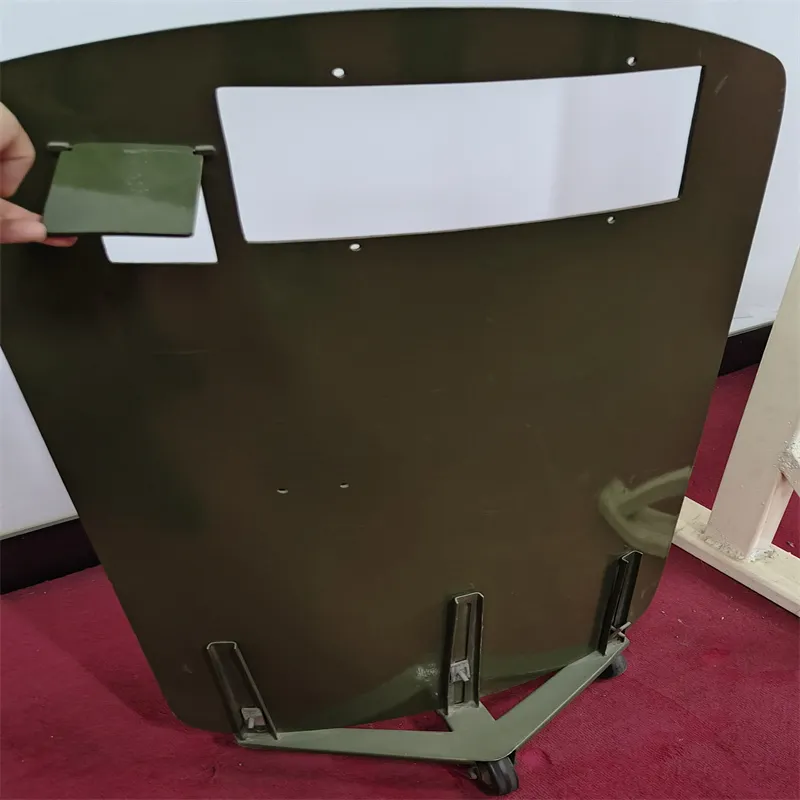Dec . 23, 2024 18:33 Back to list
what is a laminated glass
What is Laminated Glass?
Laminated glass is an innovative building material widely used in architectural and automotive applications, prized for its safety, durability, and aesthetic appeal. This type of glass consists of two or more layers of glass that are bonded together with an interlayer, typically made from polyvinyl butyral (PVB) or ethylene-vinyl acetate (EVA). The resulting composite not only provides enhanced strength and structural integrity but also offers several unique benefits that make it a popular choice across various industries.
The Manufacturing Process
The production of laminated glass begins with the selection of high-quality glass panes, which are then cut to desired dimensions and cleaned thoroughly to ensure a strong bond with the interlayer. The interlayer is placed between the glass sheets, and the entire assembly is subjected to heat and pressure in an autoclave. This process effectively fuses the layers together, creating a single piece of glass that is both robust and flexible. The end result is a product that can withstand considerable stress, making it particularly suitable for use in high-impact environments.
Key Benefits
One of the most significant advantages of laminated glass is its safety features. In the event of breakage, the interlayer holds the shards of glass together, minimizing the risk of injury from sharp edges and preventing glass from falling. This characteristic makes laminated glass an ideal choice for applications such as skylights, glass doors, and storefronts where pedestrian safety is a concern.
In addition to safety, laminated glass also offers excellent sound insulation properties. The interlayer dampens vibrations, effectively reducing noise transmission. This makes laminated glass a preferred option for buildings located in noisy urban environments or near airports, contributing to a more comfortable indoor atmosphere.
Furthermore, laminated glass can also provide UV protection. The interlayer blocks most of the harmful ultraviolet rays, helping to protect furniture, artwork, and other interior furnishings from fading over time. This aspect not only enhances the longevity of interior spaces but also contributes to energy efficiency by reducing the need for artificial lighting in daylight.
Aesthetic Appeal and Customization
what is a laminated glass

Laminated glass is not only functional but also aesthetically versatile. It can be produced in a variety of colors, tints, and finishes to suit different design preferences. Additionally, it can incorporate decorative interlayers, such as patterned or textured films, allowing architects and designers to unleash their creativity. This customizable nature makes laminated glass a popular choice in modern architecture, where aesthetic considerations are as paramount as performance.
Applications in Architecture and Automotive Design
In architecture, laminated glass is used in a myriad of applications, including facades, windows, railings, and canopies. It can also be found in interior design elements such as glass partitions and staircases. The ability to combine safety, sound insulation, and aesthetic options makes laminated glass an indispensable material in today’s architectural projects.
In the automotive industry, laminated glass is commonly used for windshields and sunroofs. Its impact resistance contributes significantly to passenger safety, while its sound-dampening properties enhance ride comfort. Additionally, laminated windshields also reduce glare and promote better visibility, crucial factors for vehicle safety.
Environmental Considerations
Laminated glass is also considered an environmentally friendly option due to its longevity and energy efficiency. By improving insulation and reducing energy consumption in buildings, laminated glass can contribute to a reduced carbon footprint. Moreover, when it comes to recycling, laminated glass can be processed with care, allowing for sustainable waste management.
Conclusion
In summary, laminated glass is a multi-functional material that excels in safety, aesthetic appeal, and environmental sustainability. Its innovative composition and manufacturing process yield a product that meets the demanding needs of modern architecture and automotive applications. As the construction and design industries continue to evolve, laminated glass is poised to play an even more prominent role in creating safe, comfortable, and visually stunning spaces. Its ability to blend functionality with beauty makes it an essential choice for architects, builders, and consumers alike.
-
Safety and Style with Premium Laminated Glass Solutions
NewsJun.24,2025
-
Reinvents Security with Premium Wired Glass
NewsJun.24,2025
-
Premium Float Glass Line for Modern Architecture
NewsJun.24,2025
-
Low Emissivity Glass for Energy-Efficient Architecture
NewsJun.24,2025
-
High-Performance Insulated Glass Solutions for Modern Architecture
NewsJun.24,2025
-
Elevates Interior Style with Premium Silver Mirror
NewsJun.24,2025
Related PRODUCTS














